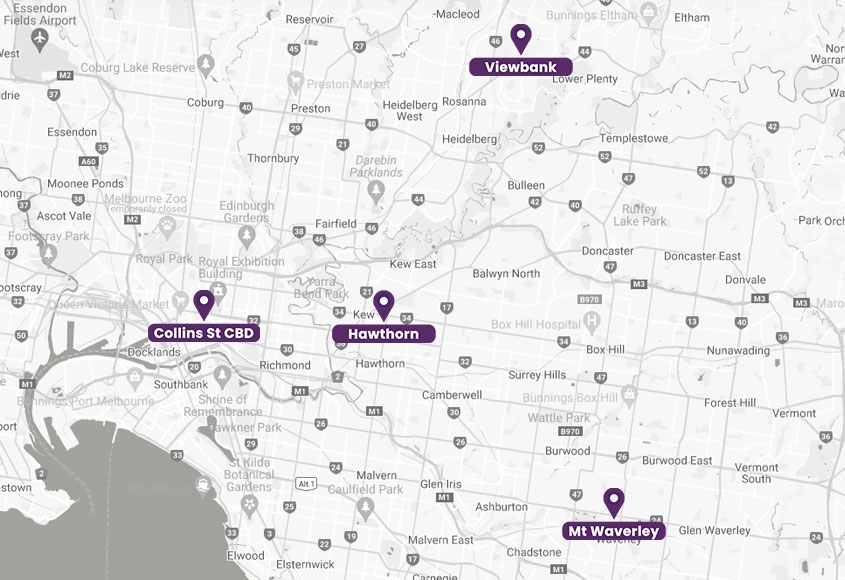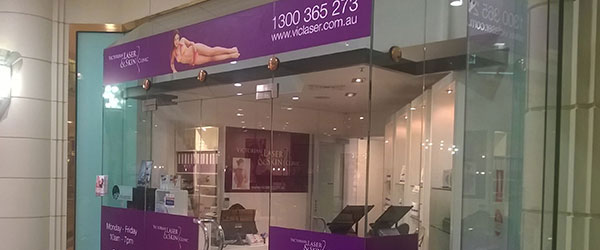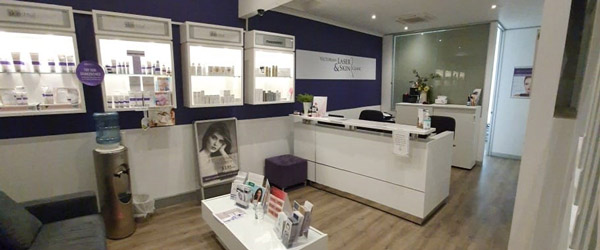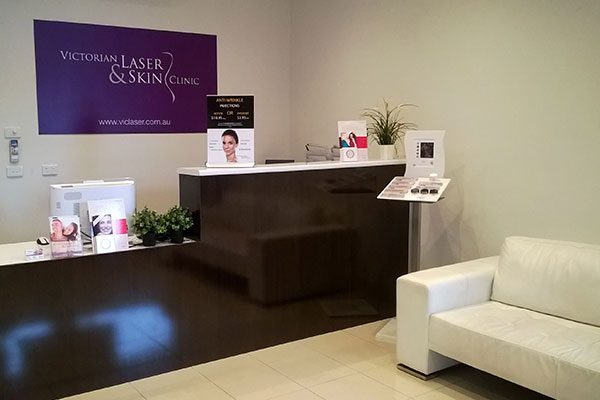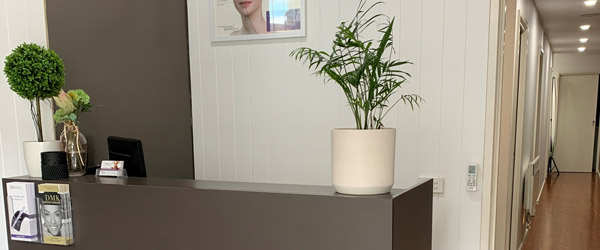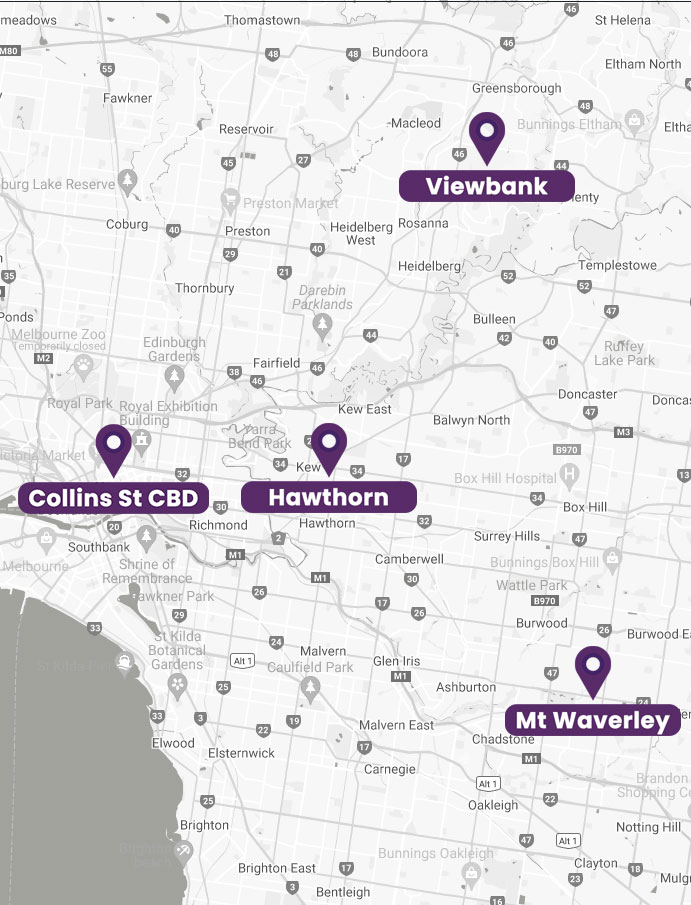If you’ve been away on a beach holiday or spent a lot of time in the sun – especially when you’ve spent consecutive days swimming, surfing, or laying on the beach – you will most definitely develop a tan. While this is an obvious and immediately noticeable effect, you may also start to notice something else that is far more subtle: small brown spots that slowly appear, most commonly on the face. When these little freckles appear, you’ve developed pigmentation on your face.
While many people are born with freckles, others can develop them from prolonged exposure to UV rays from the sun. It is a sign of sun damaged skin, as UV rays stimulate the melanocytes to become more active, which increases the melanin production to give your skin the colour or pigmentation that you know as ‘a tan’.
Skin pigmentation can also occur through other factors:
- Environmental Heat: Even if you make sure to stay in the shade on hot days, the thermal heat can encourage melanocytes to produce melanin.
- Injury: Injury can result in Post Inflammatory Hyperpigmentation (PIH). Whether it’s a pimple you’ve scratched, a burn, a cut, an abrasion, or the breaking of your skin due to any other reason, a PIH may form.
- Hormones: Those who are on contraceptive pills can develop pigmentation on the skin, while pregnancy can also cause them to form.
Now that you know how skin pigmentation is formed, you can apply some effective prevention methods to help you avoid further sun spots and pigmentation on the face.
Prevention and Treatment
One of the easiest ways to avoid developing pigmentation is to avoid the sun. If you have to be out and about in the hot sun, try to stay in shaded areas whenever you can and be sure to use adequate sun protection. This can be in the form of sunscreen, a hat, a long sleeved top, or even a sun umbrella.
The other thing you can do is use a chemical exfoliant that contains AHAs or BHAs, which will help to rid the skin cells of pigment. Your skin will naturally shed anyway over time, but chemical exfoliants can speed up this process and help with the removal of pigmentation spots.
Finally, you can seek the help of professionals by undergoing a non-invasive laser pigmentation removal or photo rejuvenation treatment. This is one of the most effective treatment methods, providing quick and proven results to bring you back to the clear and spot-free skin that you had before.
If you’re looking for a trusted provider of laser skin pigmentation removal in Melbourne, contact the Victorian Laser & Skin Clinic today. We’ll provide you with a free initial consultation as well as further advice and information about how to get rid of pigmentation.



